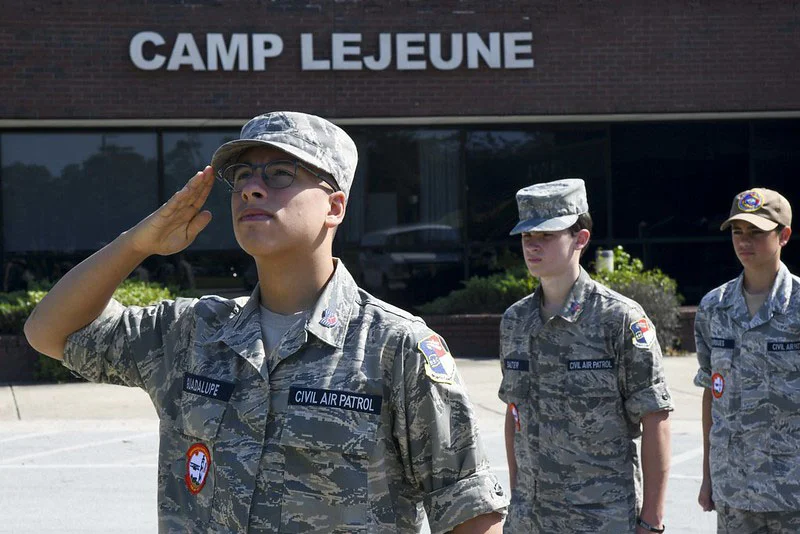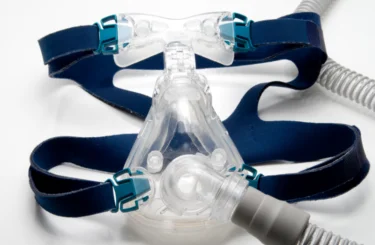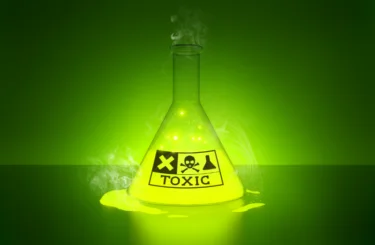Autonomous Vehicle Accidents: Who’s Liable
Multiple companies are working to develop cars that are fully autonomous (“self-driving”), and many new cars currently incorporate autonomous features. As computer-controlled systems like blind spot notification, auto-park features, lane assist technology, crash avoidance, adaptive cruise control, and other advanced driver assistance systems (ADAS) become more widespread, questions arise about liability. Who is liable if autonomous technology causes or contributes to causing an accident?
Cause vs. Liability
In conventional motor vehicle collisions, many factors can contribute to causing a collision. These can include:
- One or more drivers who fail to use appropriate care to avoid an accident (ordinary negligence)
- A pedestrian, cyclist, child, animal, or obstruction in the roadway
- A weather event or condition (lightning, snow, ice, driving rain, etc.)
- Malfunctioning equipment (faulty brakes, steering issues, stuck accelerator)
- A driver suffering a medical emergency
- A hazardous condition caused by poor roadway maintenance
- Malfunctioning or inoperative lights, signals, or traffic signs
Obviously, some of these events could be the “cause in fact” of a collision but not have any legal liability (for example, if a car is struck by a falling tree and collides with another vehicle). However, in many cases, one or more parties can be held legally liable for the collision itself and any injuries and damage that result.
A party can be held liable only if it has a duty of care under the law that it failed to fulfill, and if, because of that failure, someone sustained damage (injury or loss). Although many factors can cause auto accidents, injured passengers in most traditional, simple crashes usually have a fairly short list of parties who may be liable for damages (typically, the drivers of the cars involved). Sometimes, the owners of the cars or the employers of drivers in a work vehicle may also be responsible; in rare cases, drivers may allege other theories of liability, like pursuing a strict liability claim against a manufacturer for defects. As cars become more autonomous, however, the questions of liability get much more complicated—and implicate more potential defendants.
How Autonomous Technology Could Expand Liability
Imagine a crash that occurs when a driver initiates an auto-park system and allows the vehicle to parallel park itself in a space to her right. The system malfunctions and the car accelerates sharply and crashes into the vehicles at both its front and rear, causing injuries to passengers and damage to both cars. Who might be liable?
In a traditional vehicle, the parking driver would likely be the sole defendant in all the potential lawsuits. But in a vehicle equipped with autonomous systems, many more contributing factors could have caused the accident. Each of these possibilities opens the door for additional liability.
- The auto manufacturer could be liable under a theory of product liability, for manufacturing, designing, selling, or assembling a defective or dangerous product.
- The software designer could be liable for negligence in the design, a negligent error in the coding, or a vulnerability in the programming.
- The installer of the software into the vehicle could be liable for negligent or improper installation.
- Whatever entity is responsible for maintaining software updates, patches, and upgrades and transmitting them to consumers may be liable if their failure to do so contributed to the accident.
- Someone (an end-user consumer, perhaps, or a mechanic or dealership) who has performed maintenance on the system and recklessly or negligently altered its performance could be liable.
- Liability might even extend to a local government provider or wireless carrier if the system relies upon GPS guidance or satellite navigation and there was an interruption or error in the connection.
The liability of each of these parties depends on what duty each has to consumers, drivers, and other members of the public under the law. As the technology continues to develop, the laws will have to evolve to take these possibilities into account and create causes of action for injured parties.
It may even be possible for computer “hackers” to maliciously access, change, or disable autonomous vehicle features—whether at random or to target specific users. This opens up another entire spectrum of criminal culpability as well as the possibility of third-party civil liability based on causes of action like assault or wrongful death.
Been in an Accident? Seek Legal Advice
Autonomous vehicle technology can make pursuing a claim for your personal injuries more confusing and complicated than ever. If you’ve been in a motor vehicle accident, contact the experienced personal injury attorneys at Sommers Schwartz. Our team of legal professionals stays on top of the latest technology and the laws that are constantly changing to keep up with it. We’ll help you recover the compensation you deserve for your injuries.
Kenneth T. Watkins
Kenneth T. Watkins is an accomplished trial attorney and Senior Shareholder with Sommers Schwartz. Over the course of his career, he has obtained numerous multimillion-dollar settlements. His achievements include one of the largest seven-digit medical malpractice cases in Macomb County in 2008, and his election to membership in the exclusive Million Dollar Verdict Club.





